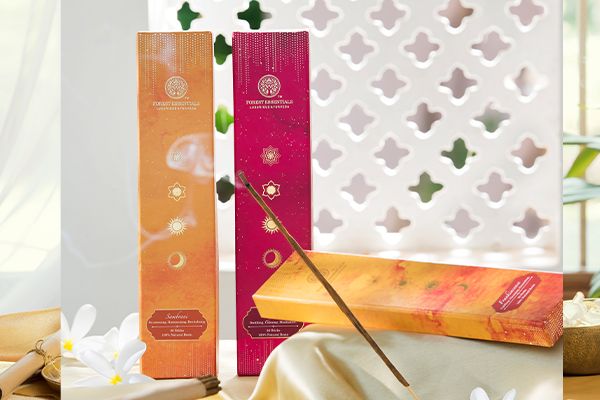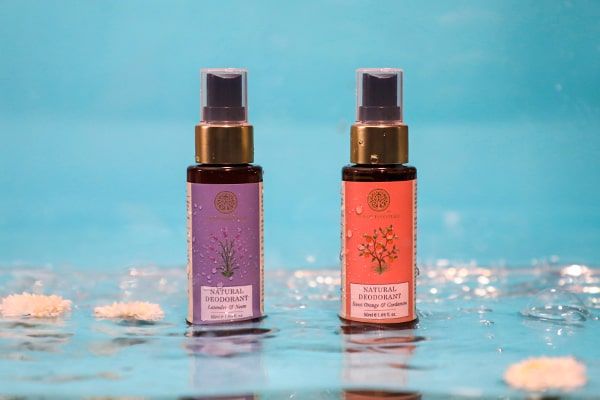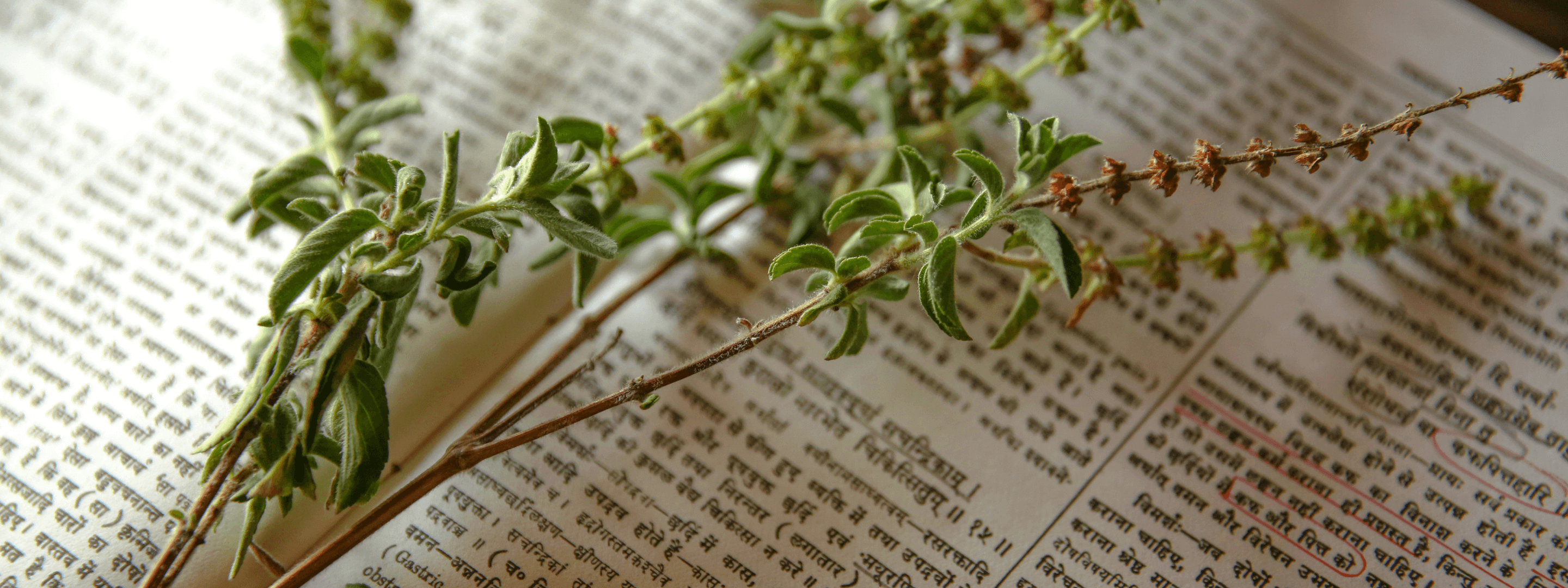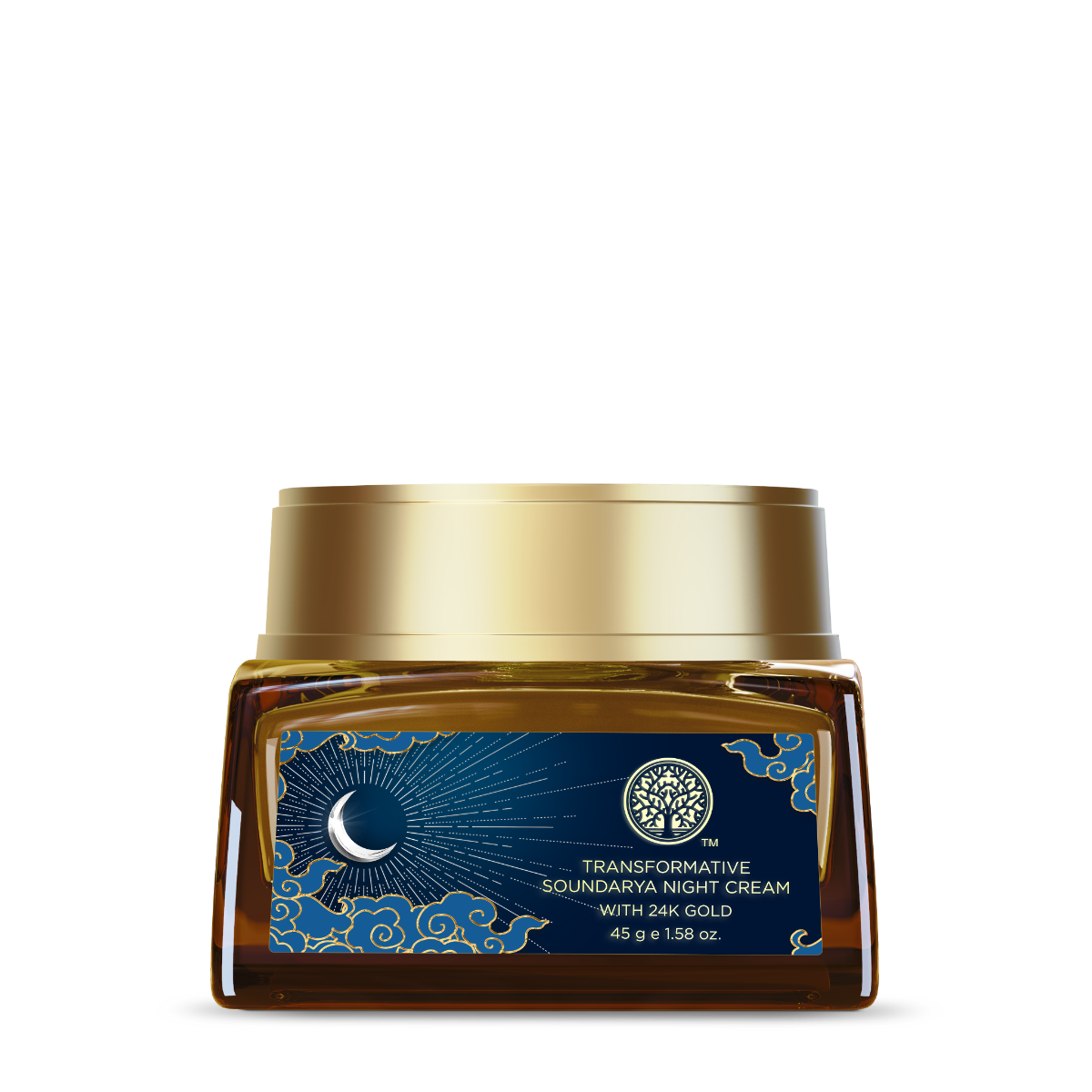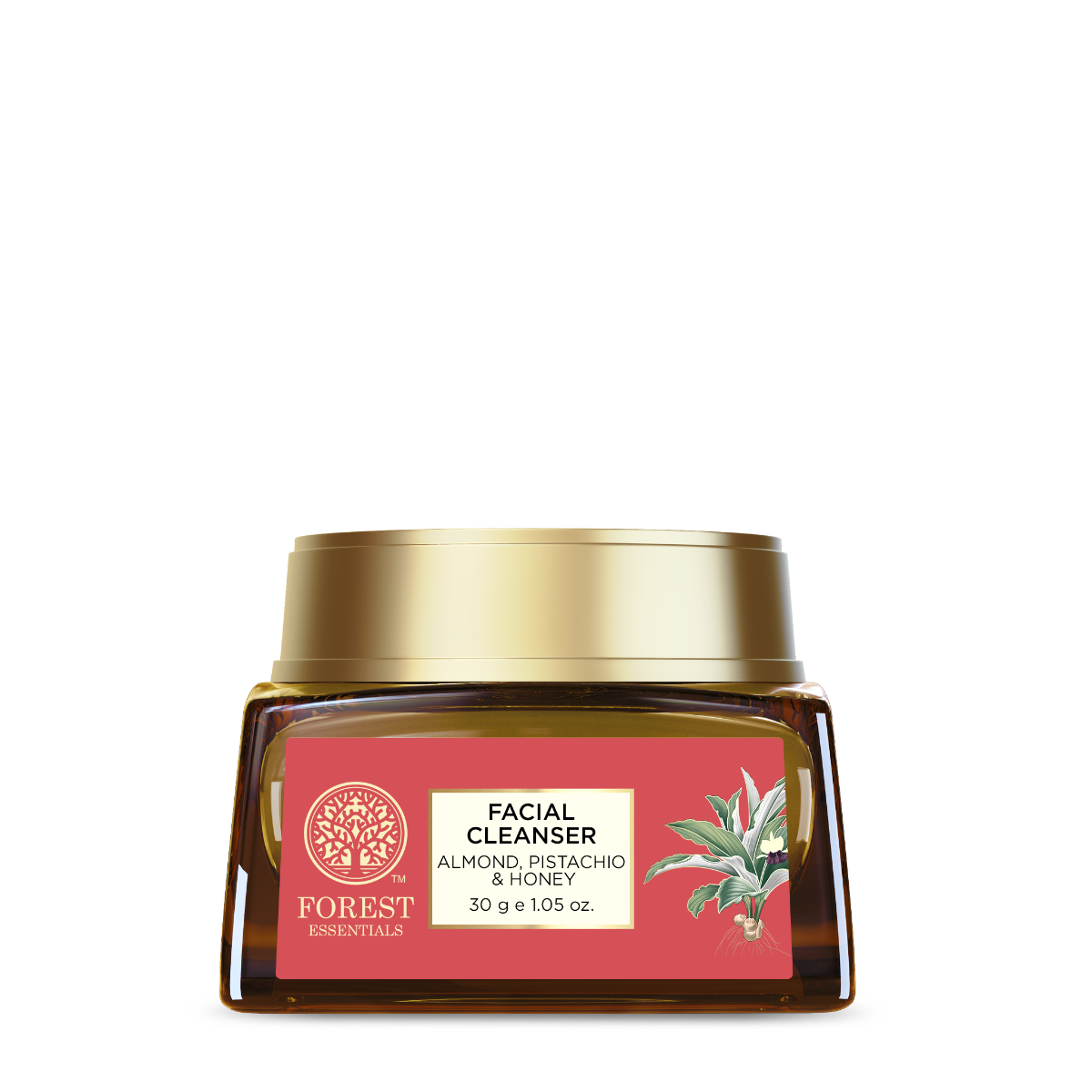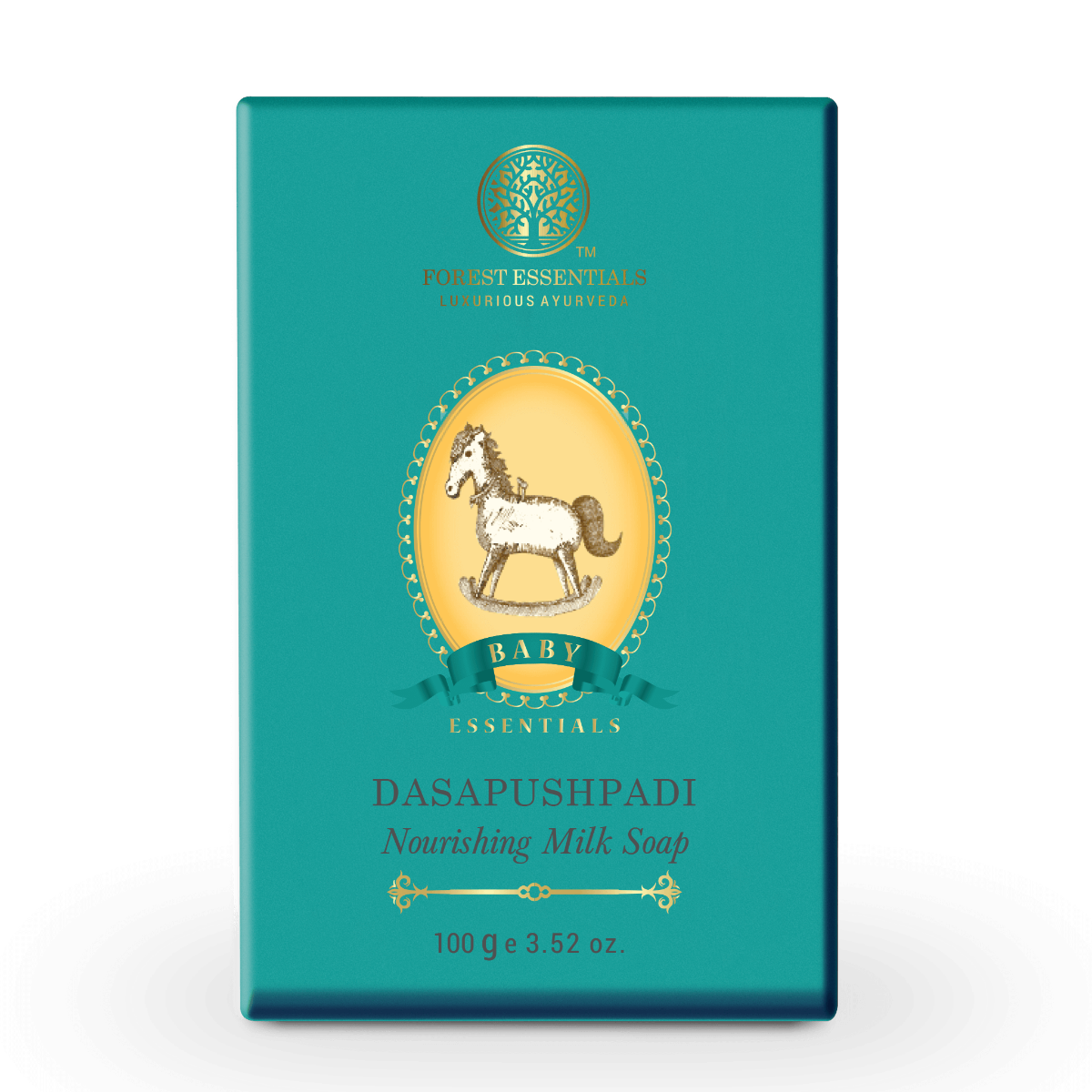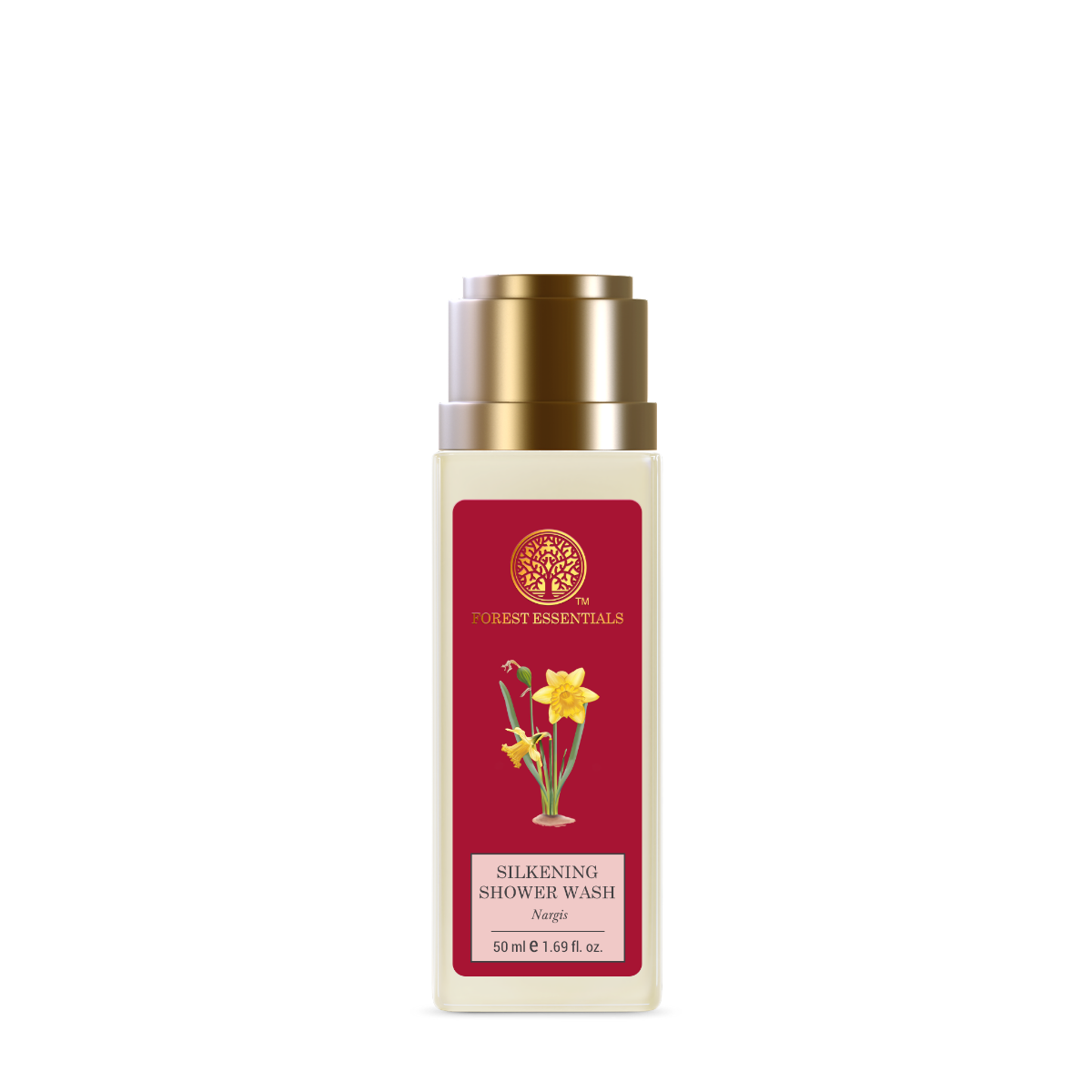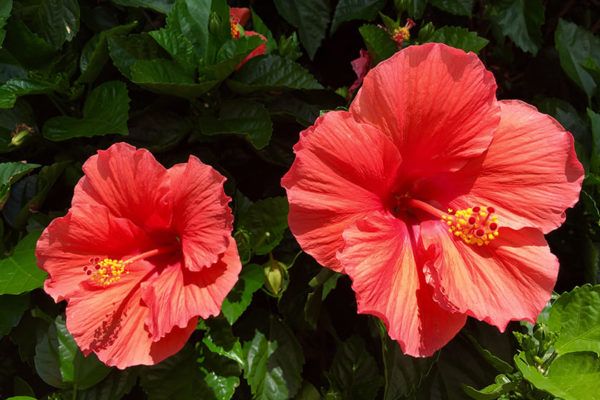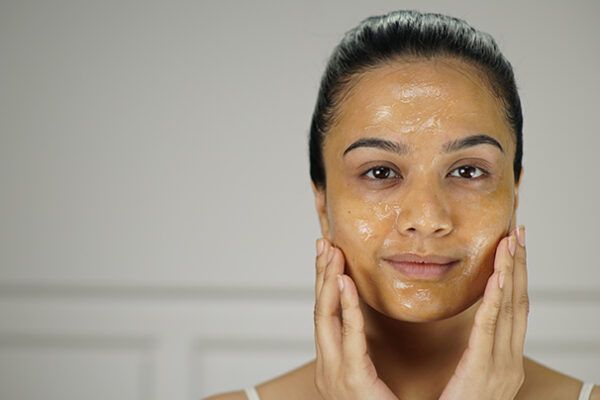Introduction:
What thoughts come to your mind when you are surrounded by people of different stature, hair colour, texture & skin tone? Do you get bothered when your friend can eat an entire pizza, while you seem to put on weight just by sniffing it? Do you get frustrated when you constantly try to lose those few extra pounds but are unable to rigorously working out rigorously every day but your next-door neighbour seems to be doing just fine with her casual walks in the park? Ever wondered why we are so different yet so alike from one another?
The answer is scripted in ancient Ayurvedic texts almost 6000 years ago, as to how we have our own unique characteristics.

वायु पिततं कफशचेति त्रयो दोषा: समास्त: ॥
विकृता विकृतादेहं घ्नन्ति ते वर्त्तयन्ति चा ।
Vata, Pitta and Kapha are the three Doshas, which are the main pillars of the body. They are determined when we are conceived in the womb. They form the constitution of an individual. We are all made up of a unique combination of these three forces. Though everyone has some of each, most people tend to have an abundance of one or two of the doshas. This unique combination is your own personal blueprint, or Prakriti (nature). As you move through life, the proportion of each of the three doshas constantly fluctuates according to your environment, your diet, the seasons, the climate, your age, and many other factors. As they move into and out of balance, the doshas can affect your health, energy levels, and your general mood.
The ideal definition of “Swasthya” or health is the balance of these 3 doshas, tissues (dhatus), metabolic activities, proper expulsion of toxins and an ideal balance of mind, senses and soul in a state of pleasantness. Any imbalance due to various factors stated above will give rise to “Vikruti”, which may be in the form of an increase or decrease of doshas creating an inconvenience or concern that can be in the acute or chronic form.

Let us understand these 3 doshas in depth.
Vata Dosha
Do you often suffer from constipation or dryness in the body and hair? Do you often feel restless, spaced out while suddenly working on something, and find out that you have restless feet syndrome? Then your Prakriti is “Vata” with the predominant Vata dosha. It is made up of air and space. It is considered as the main dosha as it governs the other 2 doshas and its imbalance constitutes almost 80 types of illnesses. It is light, cool and dry in nature, and it governs all movements and processes in your mind and body—including processes like blood flow, elimination, breathing, and the movement of thoughts in your mind. It helps in the easy movement of fluids, lymph, and circulatory functions in the body. Vata may be understood as nerve force, electro-motor, physical activity, or that, which is responsible for motion. The movement of Vata even regulates the balance of Pitta and Kapha. The properties of dry, cold, light and movement characterize it. Pain is the characteristic feature of a deranged Vata Dosha. Some of the diseases connected to unbalanced Vata are flatulence, gout and rheumatism.

The key attributes to identify Vata Dosha include:
- The Vata body type is primarily thin built.
- He/she does not gain weight easily and struggles to do so.
- They are quick to learn and quick to forget. They can be termed as witty, smart, or also shrewd due to their wittiness.
- They possess quite an enthusiasm and vivacious energy.
- Vata dosha people tend to feel cold easily and their hands and feet are mostly cold and dry.
- They have curly or unruly hair that is difficult to manage.
- They are blessed with great metabolism and digest food quickly. Hence, they need to eat quite often.
- They have a clear and alert mind.
To balance the volatile Vata dosha, certain diet and lifestyle changes need to be made. Regularity is the key to managing Vata dosha imbalances. One should include foods, which are warming and creamy to combat the dry acrid nature of this Dosha. Balancing the diet and lifestyle by including nurturing yogic exercises and Pranayama helps to calm the restless mind. One of the best ways to calm the body and mind and is considered to be the best Vata dosha treatment is to indulge in a soothing and nourishing massage with Pure Sesame oil.

Pitta Dosha
Do your friends tend to call you “hangry”? Are you always feeling irritable if your food is delayed? Do you burn easily, when in sun? This is the fiery element, Pitta. Pitta dosha represents metabolism. The meaning of Pitta dosha is characterized by heat, moistness, liquidity, sharpness, and sourness. Its chief quality is heat. It is the energy principle, that aids in digestion and enhances metabolism. Symptoms of pitta, which are unbalanced, are primarily characterized by body heat or a burning sensation and redness on the skin.

The key attributes of Pitta Dosha include:
- A predominant Pitta dosha type is medium built.
- Their weight is well put together however; it sometimes can fluctuate depending on their diet and lifestyles.
- They have sharp intellects and are often known to be “perfectionists”. (Type A personality)
- They are goal-oriented and possess the qualities of a leader.
- Due to their nature, they can often become critical and exhibit temper when things do not go in their favour.
- They are blessed with radiant glowing skin and have a sense of inner peace and happiness.
The best way to cool down the fiery Pitta dosha is to opt for cooling and balancing diet, which includes coconut, coriander, and sweet fruits. Additionally, including cooling techniques like swimming or strolling in the moonlight brings calmness to the Pitta dosha. Avoiding all heat factors will certainly help avoid the effects of Pitta on the skin, body, and even mind. Even skipping your meals and prolonging the food intake may tamper with your Pitta dosha. To control the temperament, one can regularly incorporate Pranayama sessions along with controlled and orchestrated Yoga postures.

Kapha Dosha
Are you a person who craves sweets and pastries and have a massive sweet tooth? Do you feel unmotivated and want to be a couch potato all the time? Are you frustrated and not losing weight despite taking on gym memberships every few months and giving up? Blame these on the Kapha dosha. It is a combination of earth and water, which makes it a heavy dosha. It is characterized by slow, moist, cool, oily, heavy, smooth, and steady in nature and embodies structure, lubrication, and stability in the mind and body. It is the nourishing element of the body. Kapha plays an important role in the perception of taste together with nourishment and lubrication. Kapha is the normal Sanskrit word that means “phlegm” but is often mistaken for “cough”, which is not the case.

The key attributes of Kapha Dosha include:
- The Kapha dosha type has a larger build, a robust and strong frame, with a sluggish metabolism.
- They tend to gain weight easily and can lose it quickly as well.
- They have sharp brains but due to their logical and practical mind, they take longer to learn, however they do not forget easily.
- They have calm personalities and are grounded, which makes them trusted friends.
- They rarely have temper issues and even if provoked, they calm down easily. They are dependable and dedicated.
To balance the Kapha dosha, “Activity” is key as the inherent characteristics of this dosha, being sluggish and lethargic, can make them feel blue from time to time. Any form of physical training or exercise, which makes them active, will help them improve their mood. Change for them is important as they tend to be stuck in a rut. Learning interesting things and being up and about gives them solace.

Manasika Doshas
Just like the Tridoshas, we also have mentioned in Ayurveda known as “Mahagunas”. They represent Manasik or mental qualities, which are Sattva, Raja and Tama. Amongst them, Raja and Tama are considered mind pollutants or the ones creating an imbalance in the mind. Sattva however, reflects the knowledge or good qualities of an individual or in today’s culture known as “positive vibes” from a person.

Bidoshic
Bidoshic indicates that you share strong qualities with two doshic types. People with dual constitutions (Vata-Pitta, Pitta-Kapha, or Vata-Kapha) are, in a sense, “split.” Under certain conditions, one dosha will predominate and under other circumstances, the other dosha will. The best way to manage bidoshic prakriti is by the season. For example, if you have a Vata-Pitta or Vata-Kapha prakriti during autumn, which is a Vata season, you would follow a Vata-decreasing regimen. During warm weather, you would follow a Pitta-decreasing regimen. During the cold and wet season, you would follow Kapha.
Tridoshic
Tridoshic implies having an equal amount of each doshic influence. The Tridoshic person can be very strong, stable, and adaptable when in balance. However, when they are out of balance, they can experience poor health. The key is to hone your sensitivity when noticing potential imbalances that may arise from your environment or from dietary or emotional imbalances and to adopt practices that will counter-balance these influences.

“Rogastu Dosha Vaishyamyam Dosha Samyam Arogta”
Balanced Doshas help in maintaining the health and body of a person, they are even considered to be protective and help build immunity of a person, which is an important building block of the body.
FAQ’s
What does each dosha look like?
Vata dosha feels like air, Pitta resembles fire and Kapha resembles water. They all are unique in their characteristics.
What are the 3 doshas?
According to Ayurveda, the five natural elements (ether, air, fire, water, and earth) are present in your mind and body too—in form of the doshas: Vata (ether, air), Pitta (fire, water), and Kapha (water, earth). These elemental energies influence everything from your physical shape and digestion to the way you process your thoughts and emotions.
How do I know my dosha?
Everyone has all three doshas present in their mind and body, but most of us tend to have one or two predominating doshas. You can consult a certified Ayurvedic doctor for an in-depth understanding of your Dosha type and its effects on your mind and body.
How do you balance all 3 doshas?
Acharya Sushrut mentions that an equilibrium of Doshas is responsible for Swasthya i.e. total health. He defines Swasthya as the one who has a state of equilibrium of doshas, digestive fire, tissues, and timely expulsion of waste substances in the body, pleasantness of the soul, pleasantness of the sense organs, and pleasantness of the mind.
How many doshas are there?
There are 3 doshas namely Vata, Pitta, and Kapha. They have their own unique set of characteristics that determine the Prakriti or mind-body constitution of a person.
What do the doshas mean?
Doshas form the functional components of the body. They mimic nature in us. Our body is a tinier version of the “Brahmand”, the universe and it exactly has the components that are present around us in the form of “Panchamahabhutas”
Can your dosha change?
Dosha’s forms the constitution of an individual and stays with them until the end, which is known as Dosha Prakriti. In each individual, one of the doshas Vata, Pitta or Kapha will be predominant and that will determine the body type, which never changes. However, due to the influence of etiological factors or “Nidanas” in the form of improper dietary trends and habits, physical inactivity, genetic or hereditary factors can vitiate the doshas making a temporary change in the dominancy of the dosha.
References:
https://www.ncbi.nlm.nih.gov/pmc/articles/PMC3336287/pdf/ASL-29-6.pdf


















